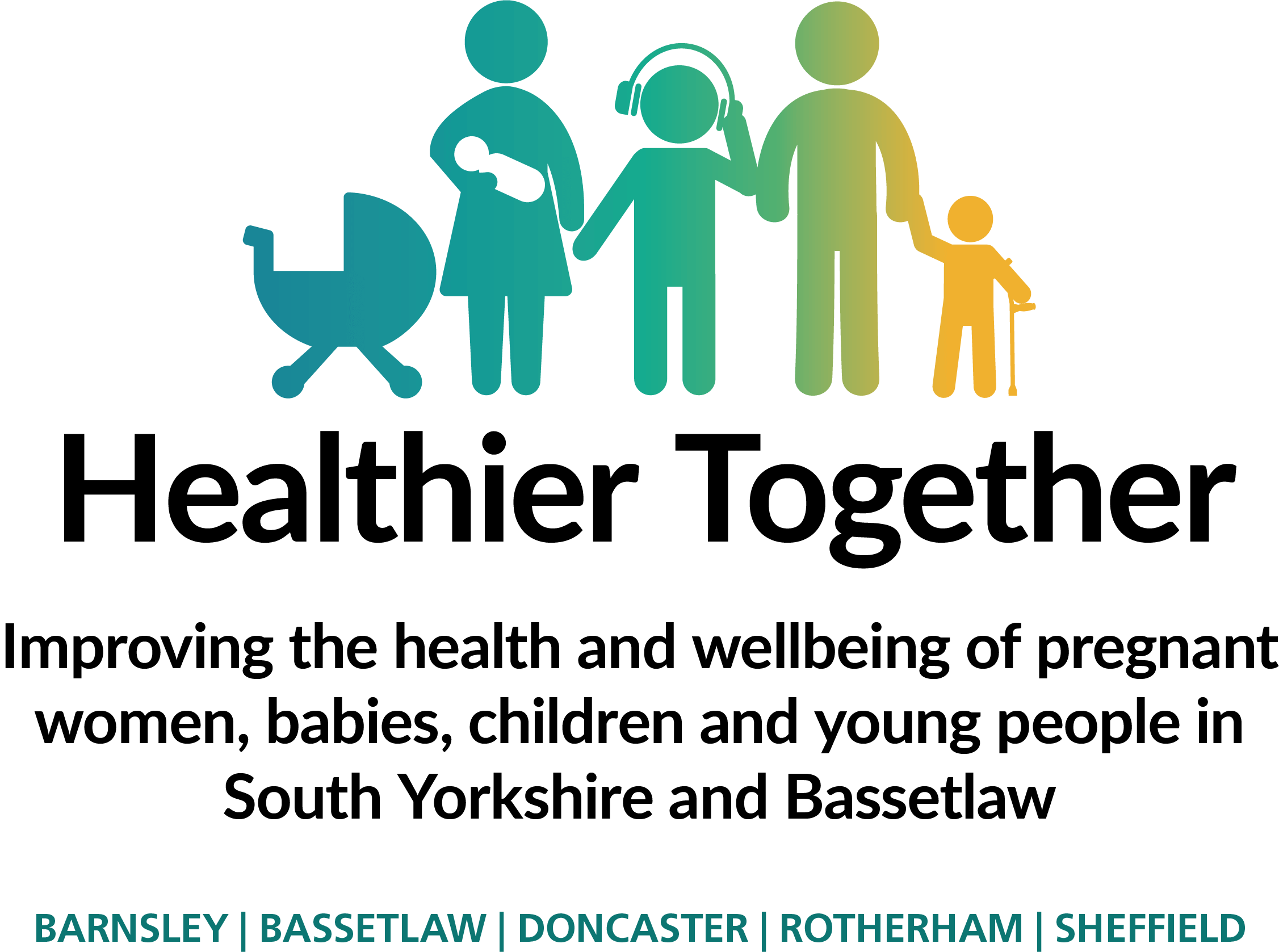Tics are sudden, rapid and repeated body movements or sounds that serve no purpose and are involuntary (children and young people are not doing them by choice).
The movements – called motor tics - can affect anywhere in the body although most typically affect the head and neck. Common examples of motor tics include rapid blinking, twitches in the neck and nose wrinkling. The sounds – called vocal tics – commonly involve sniffing, tutting or throat clearing noises.
Tics can be simple – involving just one muscle or making a noise - like the examples above. Tics can also be complex - lots of muscles moving together or spoken words – for example jumping on the spot or repeating words. Some tics can be hard to distinguish from normal movements whereas others can be very noticeable to other people.
Although tics vary from person to person, they often share certain traits.
Tics often occur more frequently in predictable settings or situations. Some children will have lots of tics when watching TV or playing video games, others will experience more tics at home than at school. Although these situations are different from child to child most families can pick out the context in which their child is most likely to tic.
Children and young people often get a ‘premonitory urge’, an odd or unpleasant sensation, that builds up until the child tics which relieves the sensation. Some children describe this as a sense of pressure, or like the feeling then get if they need to cough or scratch an itch. Other children find it very difficult to describe.
Although tics are involuntary in the sense that people do not choose to do them, they often are able to suppress or ‘hold in’ a tic if they feel they need to. This does not stop the urge building up and people often find it hard to supress a tic for extended periods of time.
It can be hard to describe what it feels like to have a tic, but try the following exercise:
Try to not blink, for as long as you can. The longer you don’t blink, the more you want to blink, and that feeling is like what it feels like to have an urge to tic.
Here are some examples of tics:
|
|
Simple (Sudden movement that involve a single muscle group) |
Complex (A group of movements that involve more than one muscle group) |
|
Motor Tics |
Nose wrinkling |
Touching things |
|
Head twitching/ bobbing |
Skipping |
|
|
Eye blinking |
Facial grimace whilst sticking out tongue |
|
|
Shoulder shrugging |
Hopping |
|
|
Arm jerking |
Mimicking movements by others |
|
|
|
||
|
|
Simple (tics involve one simple sound) |
Complex (meaningful speech) |
|
Vocal Tics |
Coughing |
Repeating words and phrases out of context (these can be socially unacceptable words or phrases) |
|
Throat clearing |
Echoing other |
|
|
Grunting |
Calling out |
|
|
Barking |
Swearing |
|
|
Hissing |
|
|



